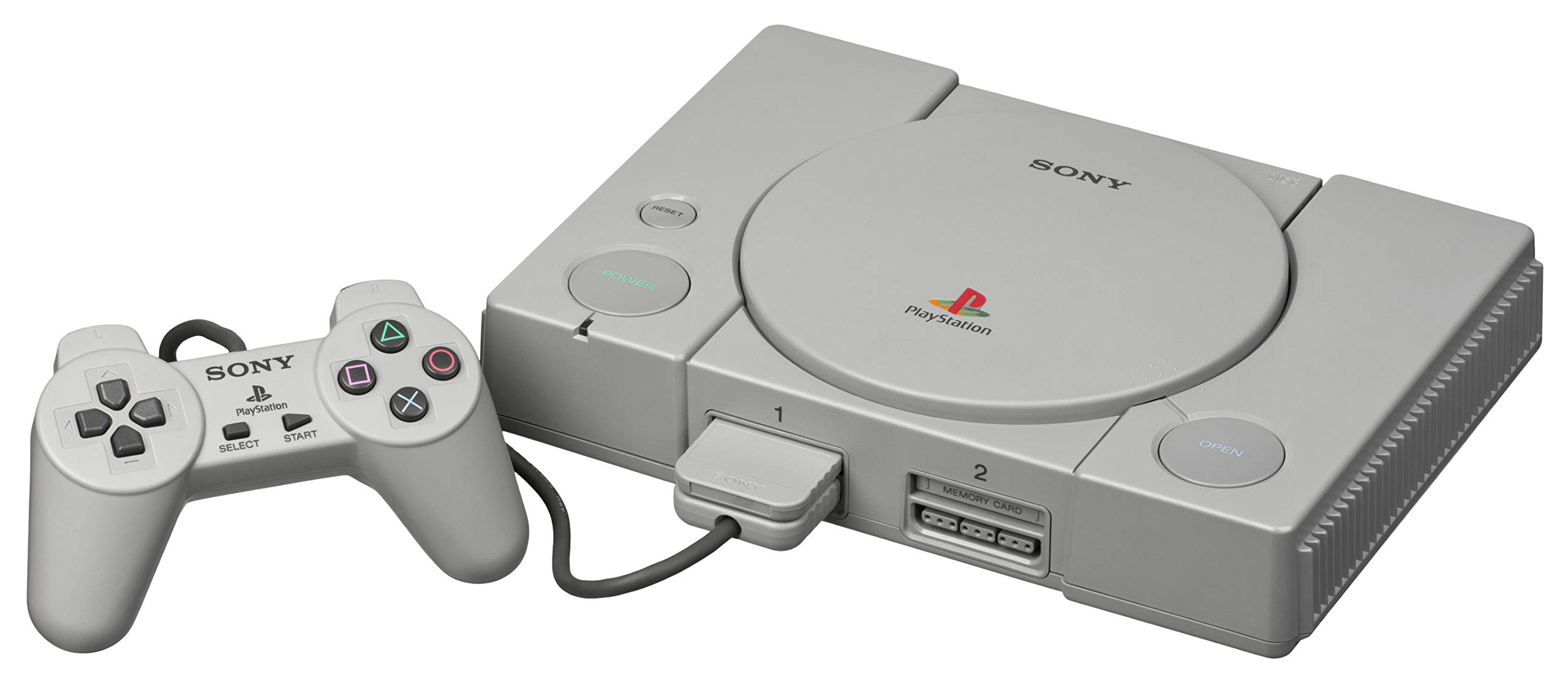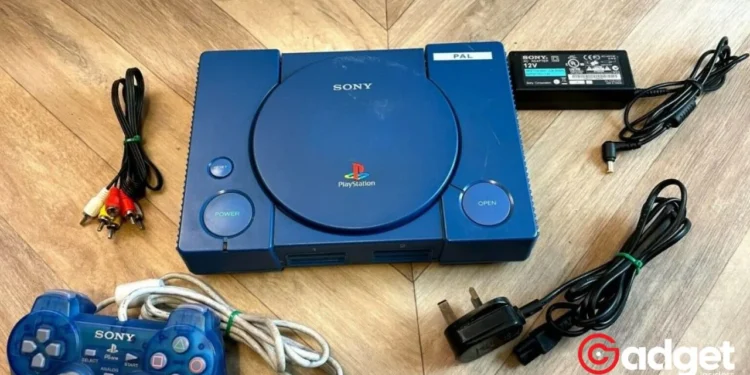In an era where digital content seems ephemeral, Sony’s latest decision has ignited a storm among its loyal user base. The entertainment giant confirmed the dissolution of its Funimation service, a platform that has been a cornerstone for anime enthusiasts since its inception in 2016.
This move not only marks the end of an era but also strips PlayStation gamers of content they had already paid for, leaving a bitter taste in the mouths of many.

The End of Funimation: A Strategic Shift with Crunchyroll
Sony’s strategic pivot towards Crunchyroll, another heavyweight in the anime streaming arena, has been cited as the primary reason for Funimation’s shutdown.
Launched with the promise of delivering iconic anime series like Dragon Ball, One Piece, My Hero Academia, and Attack on Titan to international audiences, Funimation’s closure signals a significant reshuffle in Sony’s digital content strategy.
“As part of Crunchyroll’s unification of fan services announced in March 2022, the Funimation app and website will sunset on April 2, 2024,” read a statement from Sony, ensuring that this transition aims to consolidate their streaming services but at a notable cost to their consumers.
Sony’s Consumer Outrage: Losing Access to Previously Purchased Content
The core of the outrage stems from Sony’s decision not to transfer digital content purchased or redeemed through Funimation to Crunchyroll. This means users will lose access to their valued media, a move that has not sat well with the PlayStation community.
Amidst increasing digital content prices and a market leaning heavily towards streaming services, this decision has highlighted the volatile nature of digital ownership and the need for consumer protection in digital purchases.
HUGE: Sony PlayStation console gaming market share going from 80% to 95% soon now that Xbox Series X is dying according to Microsoft. pic.twitter.com/PuLujn4xC2
— Beautiful Horizon (@PS4Revolution) February 24, 2024
Adding insult to injury, Crunchyroll’s upcoming price hike—from $54.95 to $99.99 annually in the US—further exacerbates the situation, making it clear that the cost of accessing beloved anime is about to surge significantly.
The Ripple Effect of Digital Content Erosion
This scenario paints a grim picture of the future of digital content ownership, where users’ access to purchased media can be revoked at the discretion of service providers. The incident has sparked a broader discussion on the need for regulations protecting digital content purchasers, ensuring that the shift towards streaming does not undermine the rights of consumers.
In their statement, Sony attempted to soften the blow, emphasizing their commitment to delivering an unparalleled anime streaming experience through Crunchyroll and expanding offerings to cater to diverse interests. However, this does little to assuage the concerns of those who have lost access to their purchased digital content, leaving many to question the reliability of digital media ownership.

Looking Forward: The Need for a Digital Bill of Rights?
As the dust settles on this controversy, the conversation is shifting toward the need for a digital bill of rights that safeguards consumers’ access to purchased content. The incident with Funimation and Crunchyroll serves as a cautionary tale about the impermanence of digital media and the precarious position of consumers in the digital marketplace.
Sony’s pivot might be strategic from a business standpoint, but it has undeniably opened a Pandora’s box regarding digital content rights and ownership. As the industry moves forward, one can only hope for a balance between corporate interests and consumer rights, ensuring that the digital age does not leave consumers in the lurch.
In the meantime, PlayStation gamers and anime fans alike are left to navigate the uncertain waters of digital content ownership, hoping for a resolution that protects their interests and keeps their beloved content accessible for years to come.










